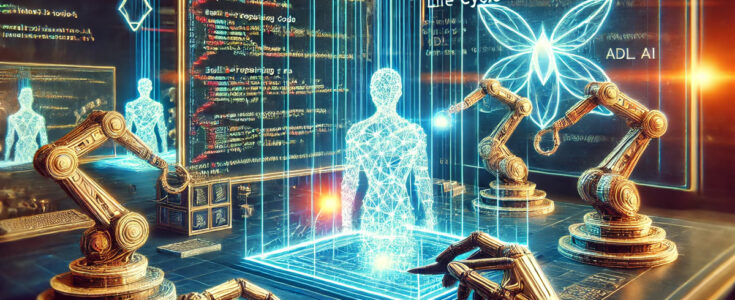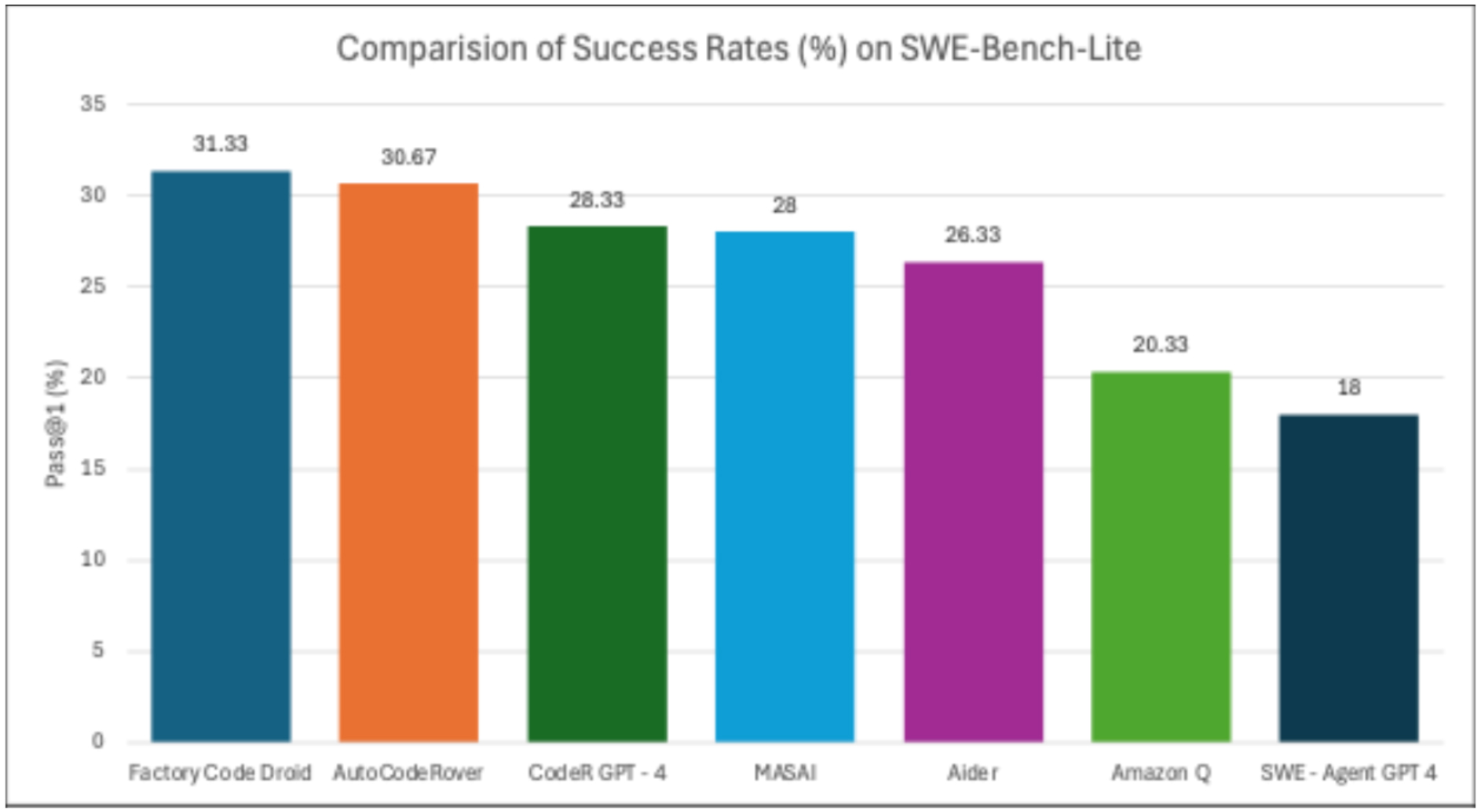
GenAI In SDLC: Advancing Towards Self-Repairing Code

The past few decades have seen a surge in automating the software development process (SDLC). Recent Generative AI (GenAI) breakthroughs are transforming how software is built. It is transforming the process with techniques for:
- Automated code documentation – Creating clear explanations of code functions.
- Bug identification – Pinpointing errors in code, streamlining debugging.
- Test case automation – Generating test cases automatically, saving time and effort.
In this blog, we explore the concept of self-repairing code—a world where code autonomously fixes itself, reducing manual effort and enhancing reliability.
Also Read: The Future of Finance: Embracing GenAI Innovation
How GenAI is currently impacting SDLC?
Generative AI (GenAI) significantly transforms various aspects of the Software Development Life Cycle (SDLC). Here are some notable use cases:
- Automated Code Generation: It generates code snippets, reducing manual coding efforts and accelerating development cycles.
- Code Summarization and Documentation: GenAI aids in understanding and maintenance by providing concise summaries of code functions.
- Bug Detection and Localization: It identifies bugs, streamlining the debugging process for developers.
- Test Case Generation: GenAI Automates test case creation, minimizes manual efforts and saves time.
- Natural Language Interfaces: Developers can interact with code using natural language, bridging the gap between domain experts and programming.
- Continuous Learning and Improvement: GenAI adapts to evolving requirements, learning from existing codebases and suggesting improvements.
What is a Self-Repairing Code?
Advancements in large language models (LLMs) and tools like GitHub Copilot are paving the way for automatic programming. However, concerns remain about the quality and reliability of generated code.
This is where self-repairing code comes in.
Self-repairing code refers to software that can autonomously detect and fix its own bugs, enhancing reliability and reducing the need for manual intervention. This innovation leverages the capabilities of large language models (LLMs) and tools like GitHub Copilot and Devin to ensure code quality and functionality.
Extensive research is ongoing, leading to the development of tools like:
Also Read: Understanding Agentic Systems in Modern Technology
For this article, let’s focus on AutoCodeRover, which is known for its high accuracy.
AutoCodeRover: A Closer Look
AutoCodeRover is a tool designed to address and resolve code issues autonomously (both on GitHub and locally), leveraging the capabilities of large language models (LLMs). Unlike other approaches that view a software project as a mere collection of files, AutoCodeRover works on a program representation (abstract syntax tree). It has been tested on the SWE-bench-lite dataset, which consists of 300 real-life GitHub issues.
The current approach resolved 67 GitHub issues in less than 12 minutes each, whereas developers spent an average of more than 2.77 days. On the full SWE-bench dataset, consisting of 2294 GitHub issues, AutoCodeRover solved around 16% of issues.
Below is a comparison of success rates on SWE-bench lite with its cost metrics.

How AutoCodeRover works?
AutoCodeRover works in 2 primary stages: Context Retrieval and Patch Generation.
Context Retrieval
- The process begins with the input of a problem statement. The system collects various contextual information by making multiple API calls.
- Once the results are retrieved, context analysis is performed on the collected data.
- This loop continues until satisfactory results and context are obtained.
- The system then identifies specific locations in the code where bugs are present, and this information is passed to the next step.
Also Read: Strategic Technology Decisions in AI Deployment: Navigating the Path to Success
Patch Generation
- The identified bug location is fed to the system, which attempts to fix it with a code patch.
- If the patch works, it’s finalized.
- If not, the system loops back to try again, incorporating additional context or modifying its approach.
The graphic below illustrates this process-

Challenges and Possible Solutions
Self-repairing code and automatic programming face several hurdles. Patch generation can sometimes result in incorrect fixes, targeting the wrong locations in the code, or failing altogether. Moreover, the reliability and security of these systems are major concerns, especially for enterprise-level adoption.
Potential Solutions:
- Fine-tuning Models: By customizing the AI to the unique requirements and intricacies of different programming environments, we can enhance the accuracy of bug detection and the effectiveness of generated patches.
- Security Measures: Utilizing self-hosted large language models (LLMs) ensures that sensitive code and data remain within the organization’s control, reducing the risk of data breaches and unauthorized access.
- Open-source Advantage: Open-source solutions like AutoCodeRover give organizations full control over deployment. This transparency not only enhances security by allowing thorough vetting and customization but also builds trust in the system’s reliability and effectiveness.
Future Potential:
The future of self-repairing code and automatic programming holds immense promise. Here are some exciting possibilities:
- CI/CD Integration: Seamlessly integrating self-repairing code solutions into Continuous Integration/Continuous Deployment (CI/CD) pipelines can enable continuous and autonomous code improvement. This integration would automatically detect and resolve issues during the development cycle, ensuring higher code quality and faster delivery times.
- Real-time Issue Resolution: Advanced monitoring systems can be combined with self-repairing code tools to enable real-time detection and automatic resolution of issues in both development and production environments. This capability would minimize downtime and enhance the stability and reliability of software applications.
- Source Code Management Integration: These solutions can be integrated with source code management tools like Git. This integration would allow automatic fixes to be applied to code as issues are identified, maintaining code integrity and consistency. By automating the repair process, developers can focus on more complex tasks, improving overall productivity and software quality.
By addressing the current challenges and leveraging these potential solutions, self-repairing code and automatic programming can revolutionize the software development landscape, making it more efficient, reliable, and secure.




